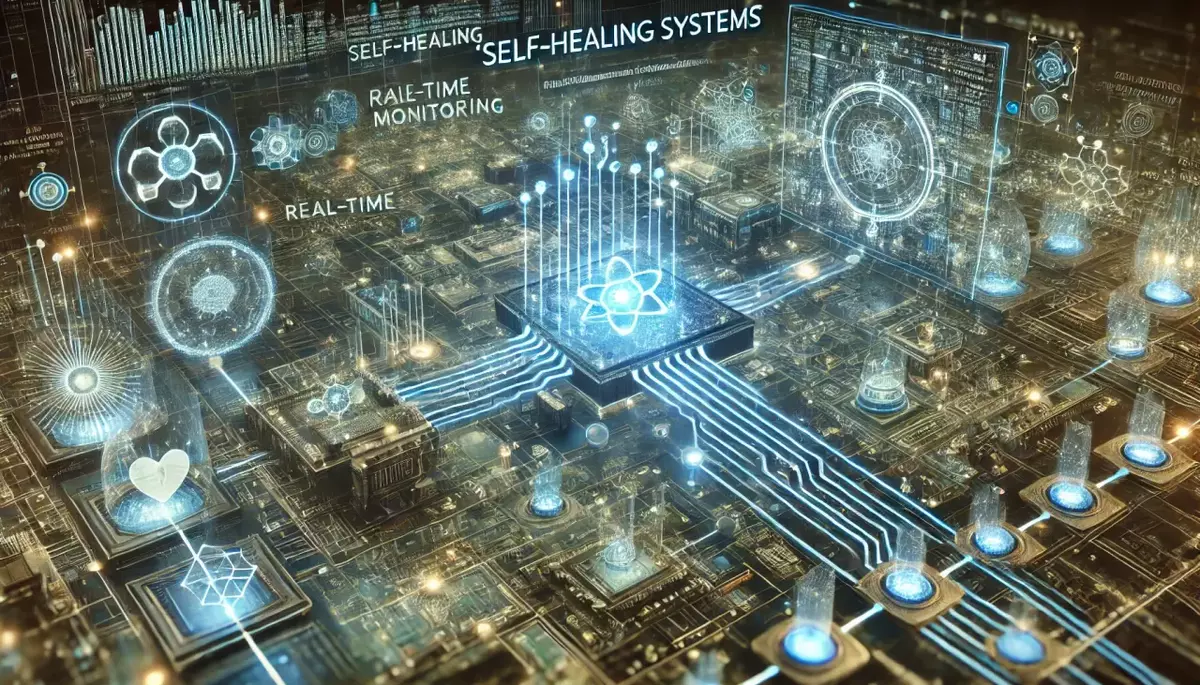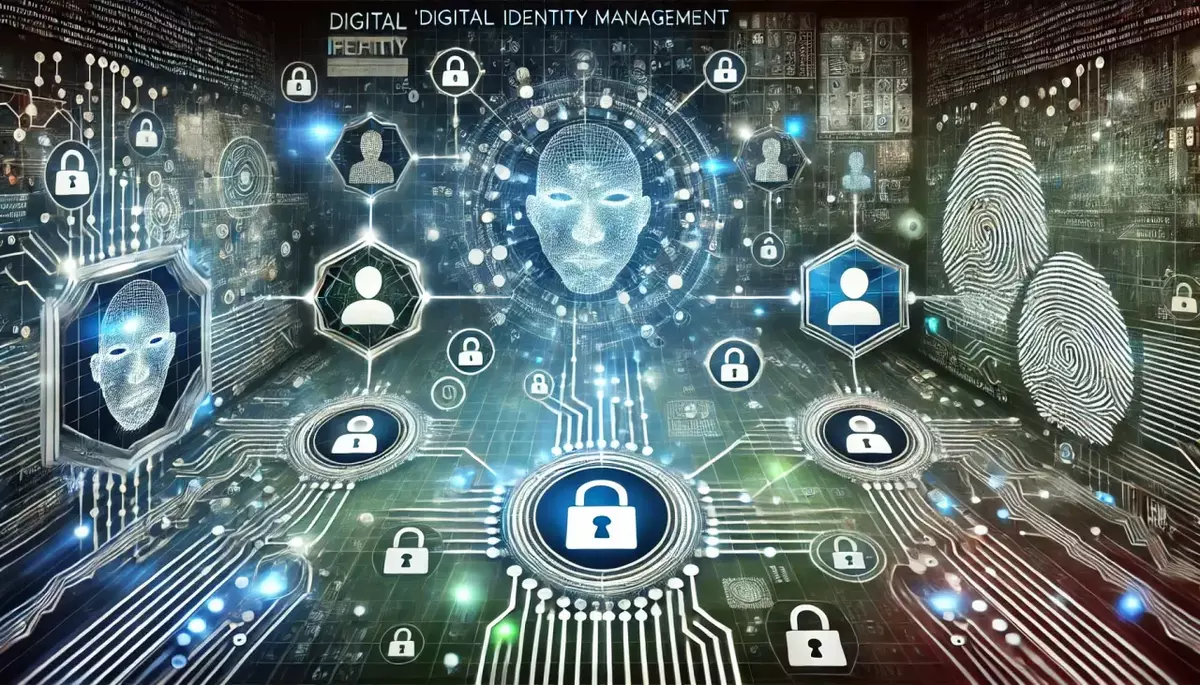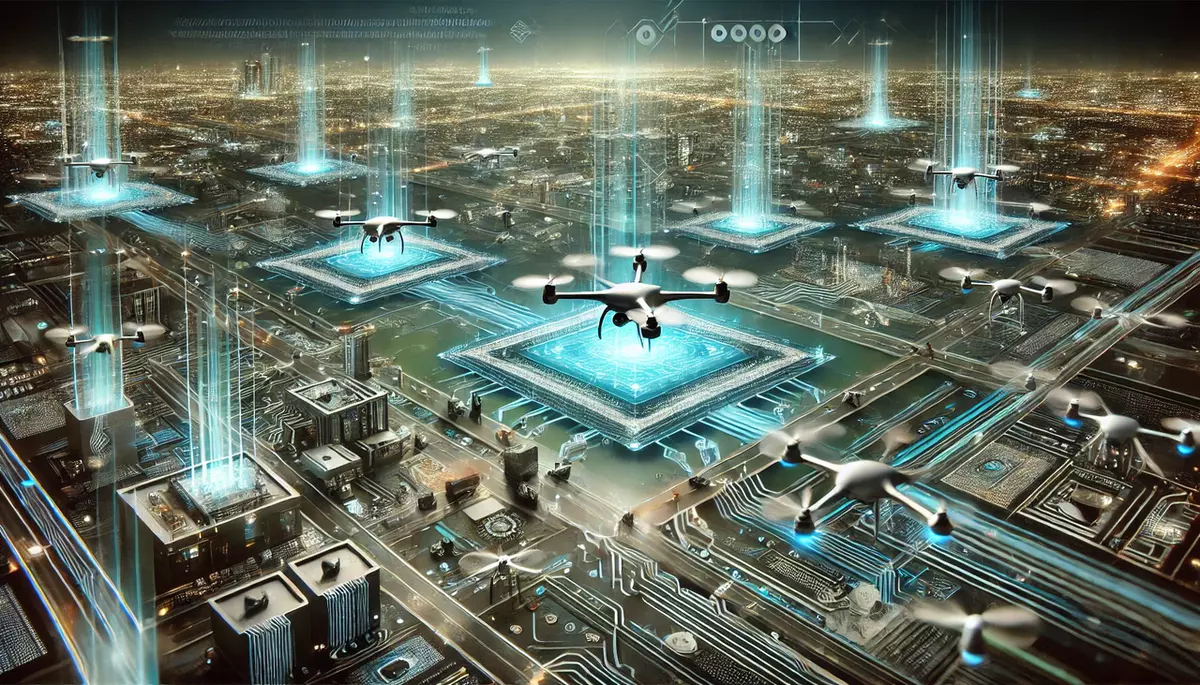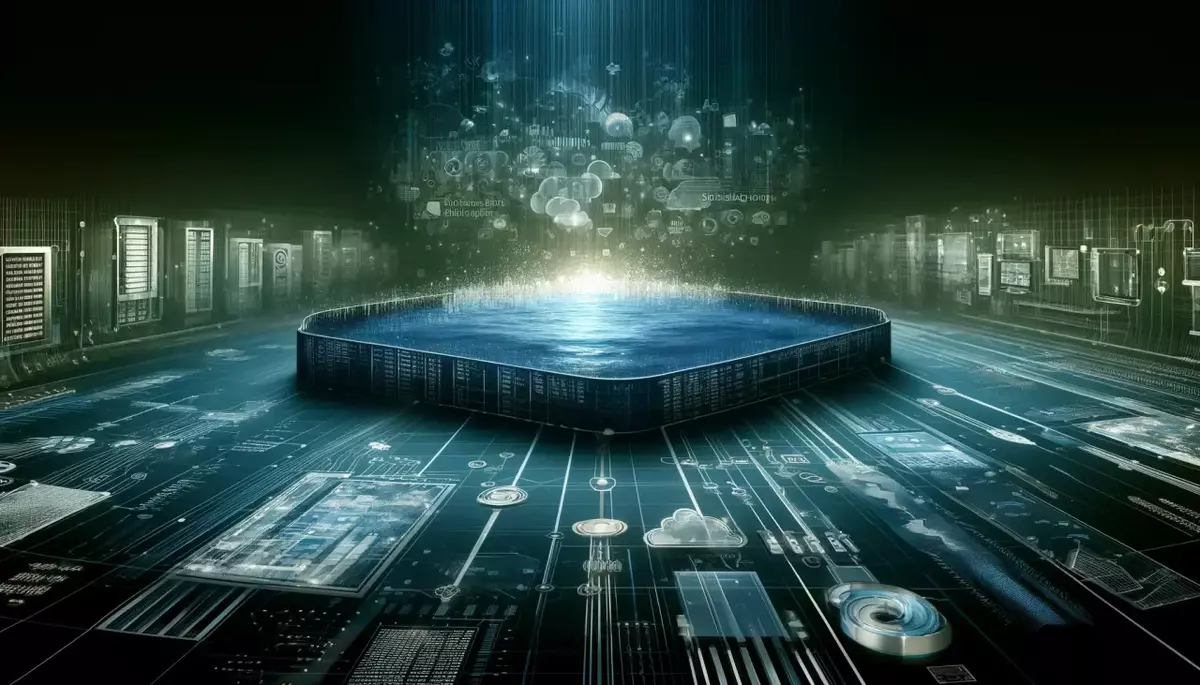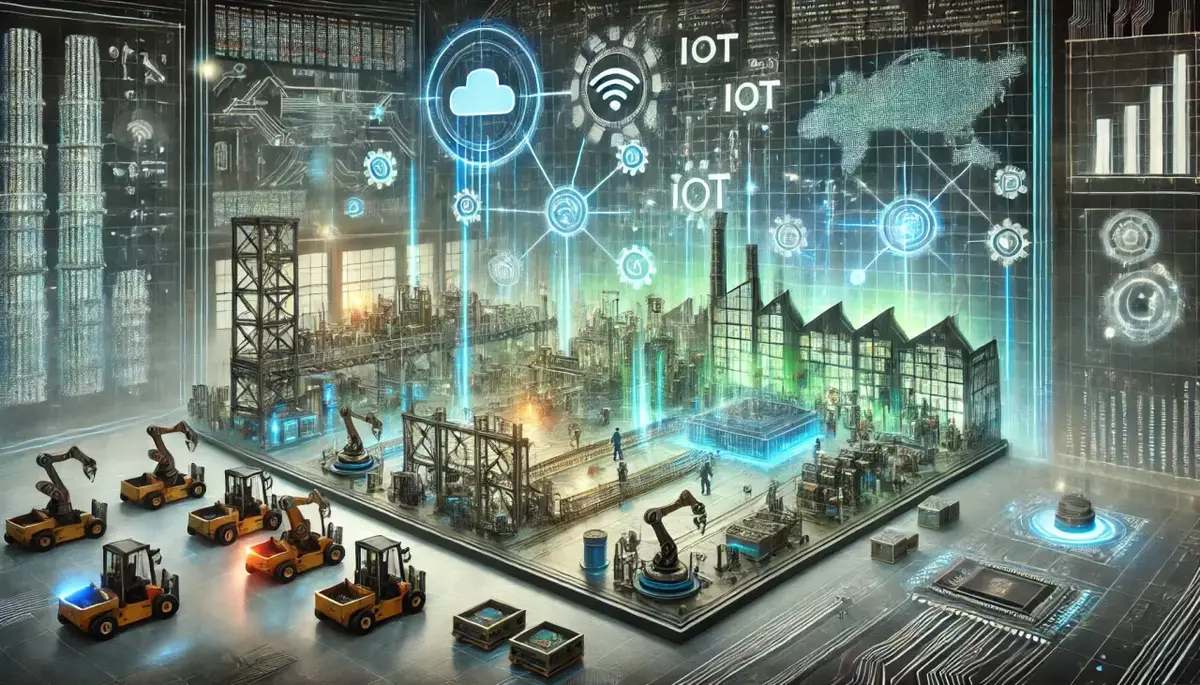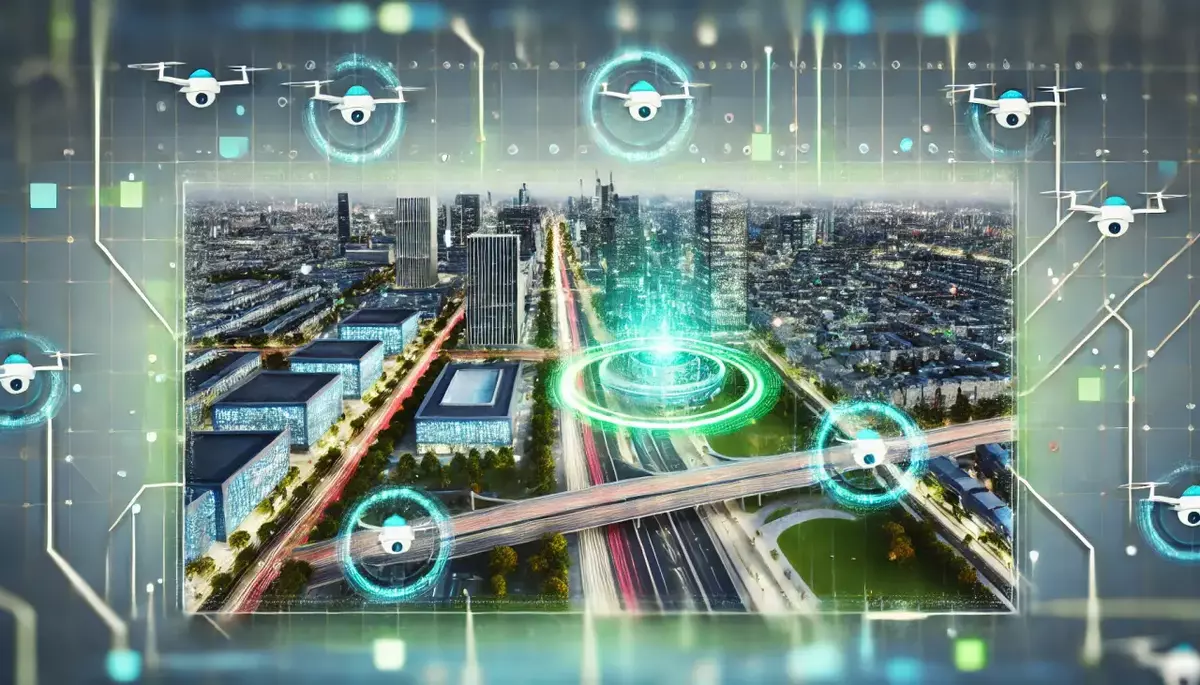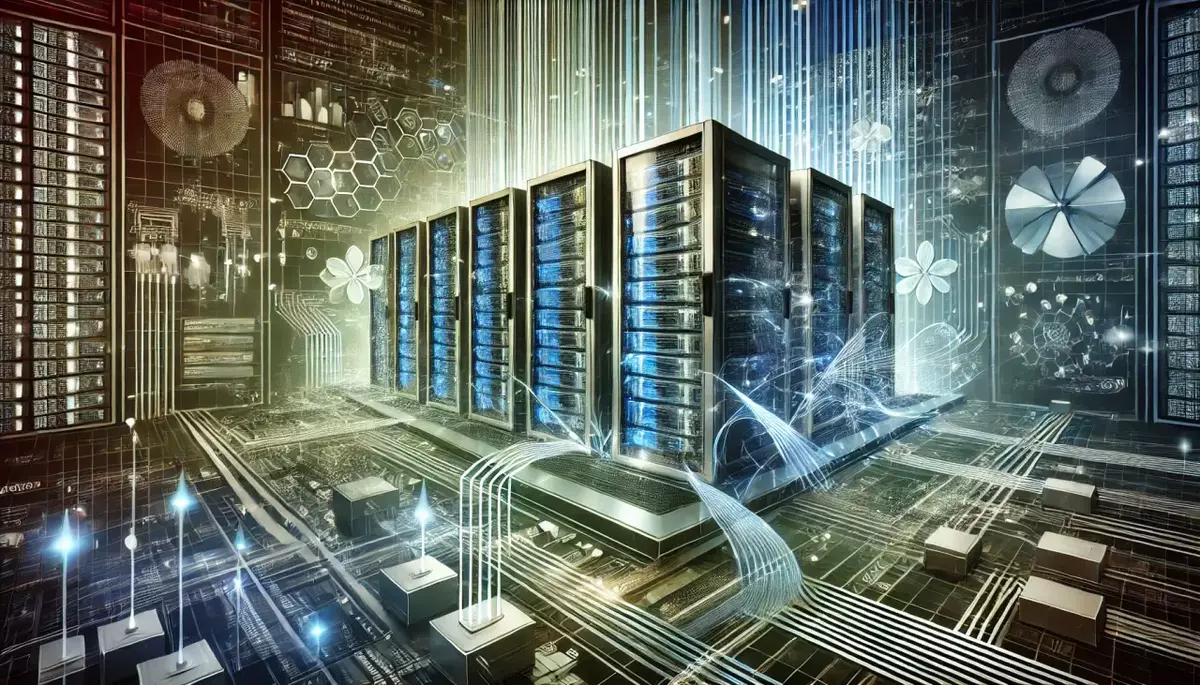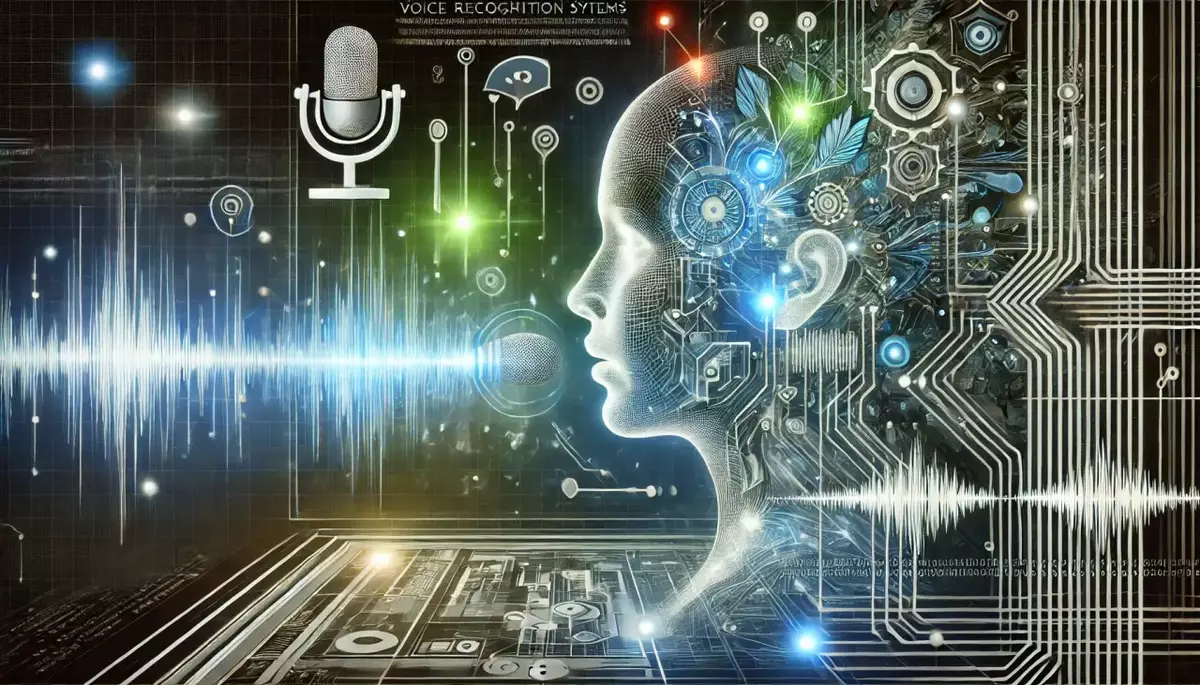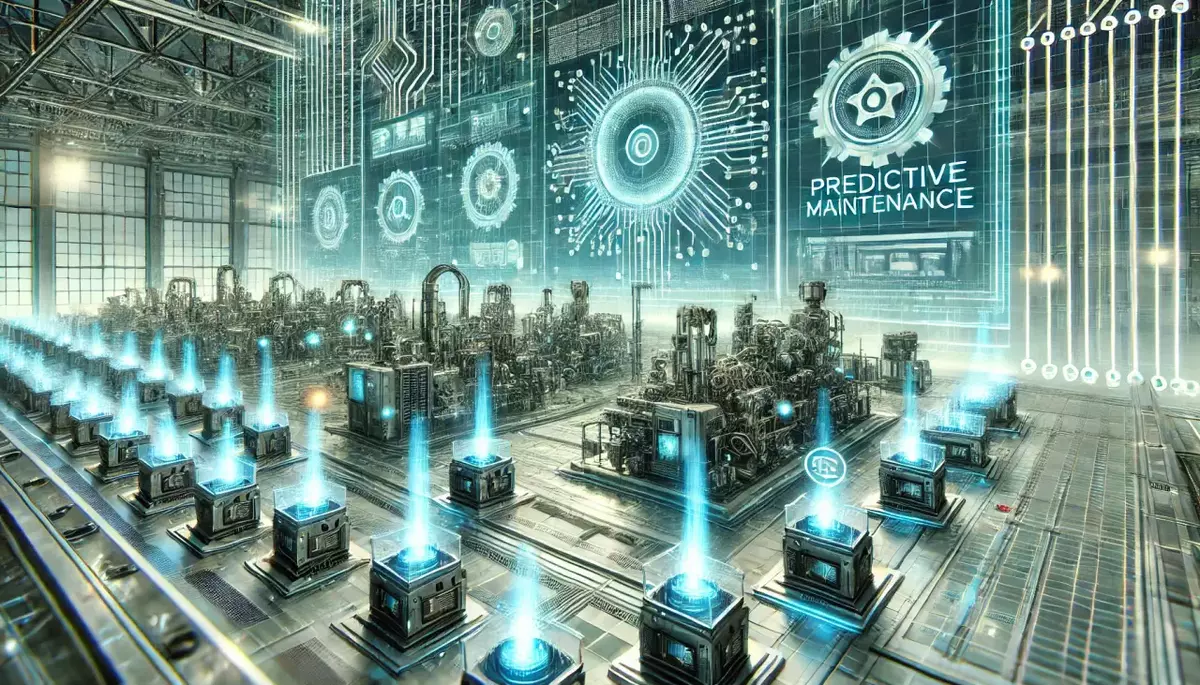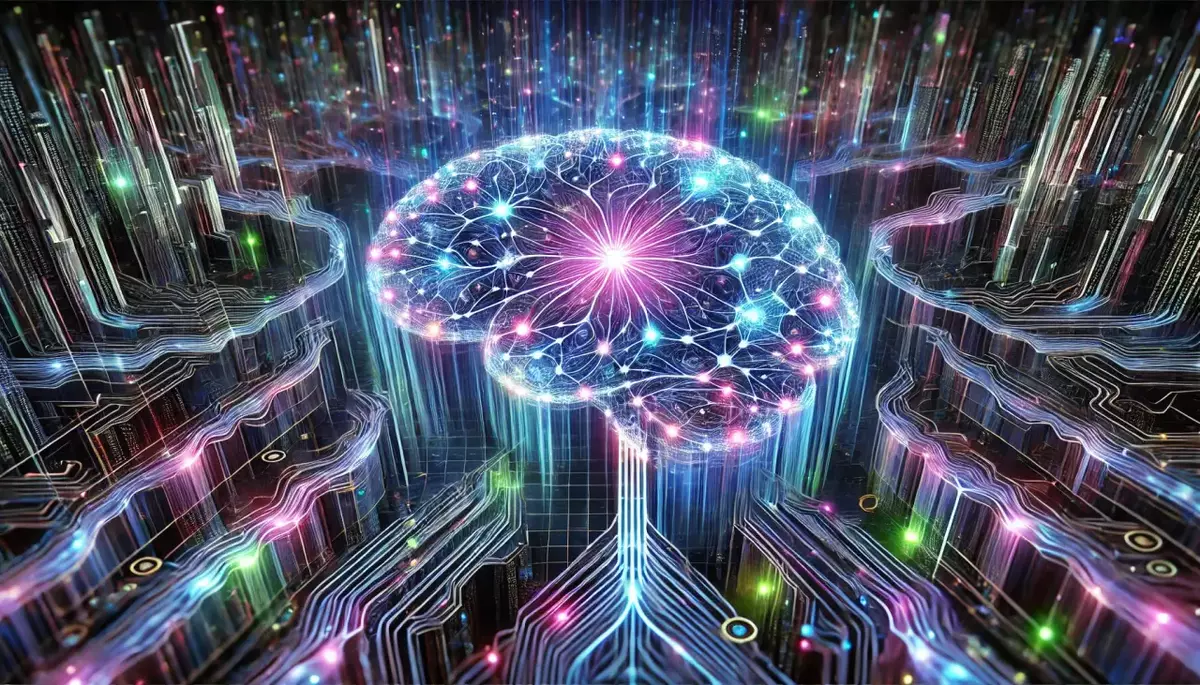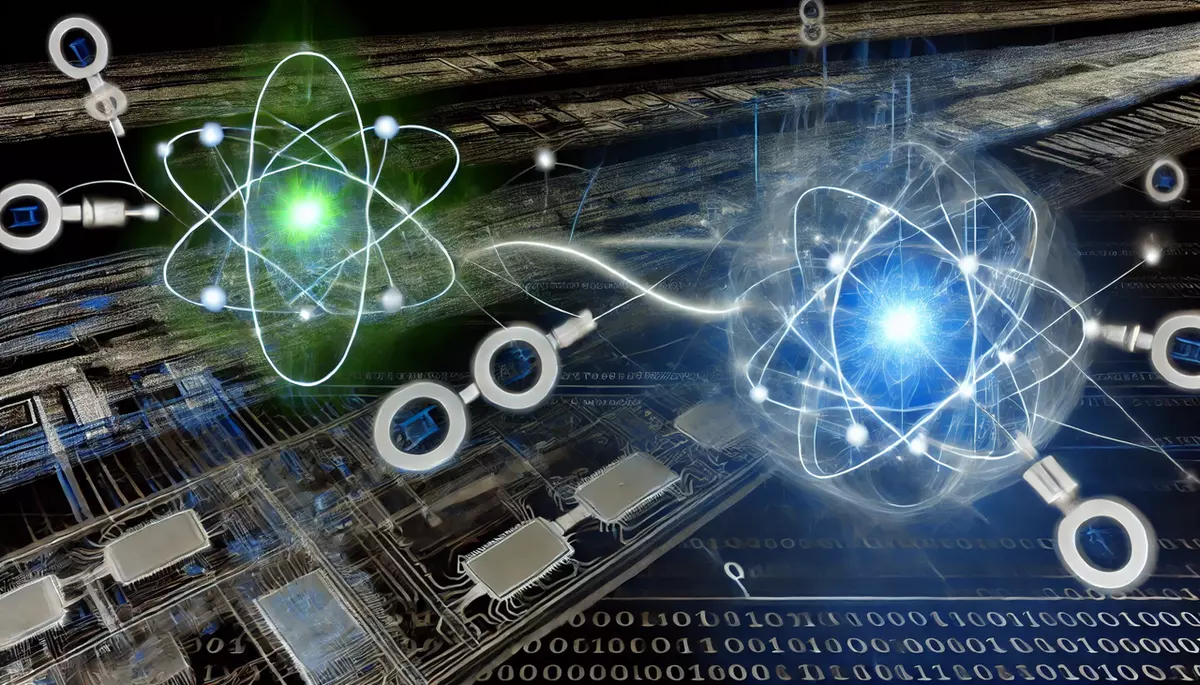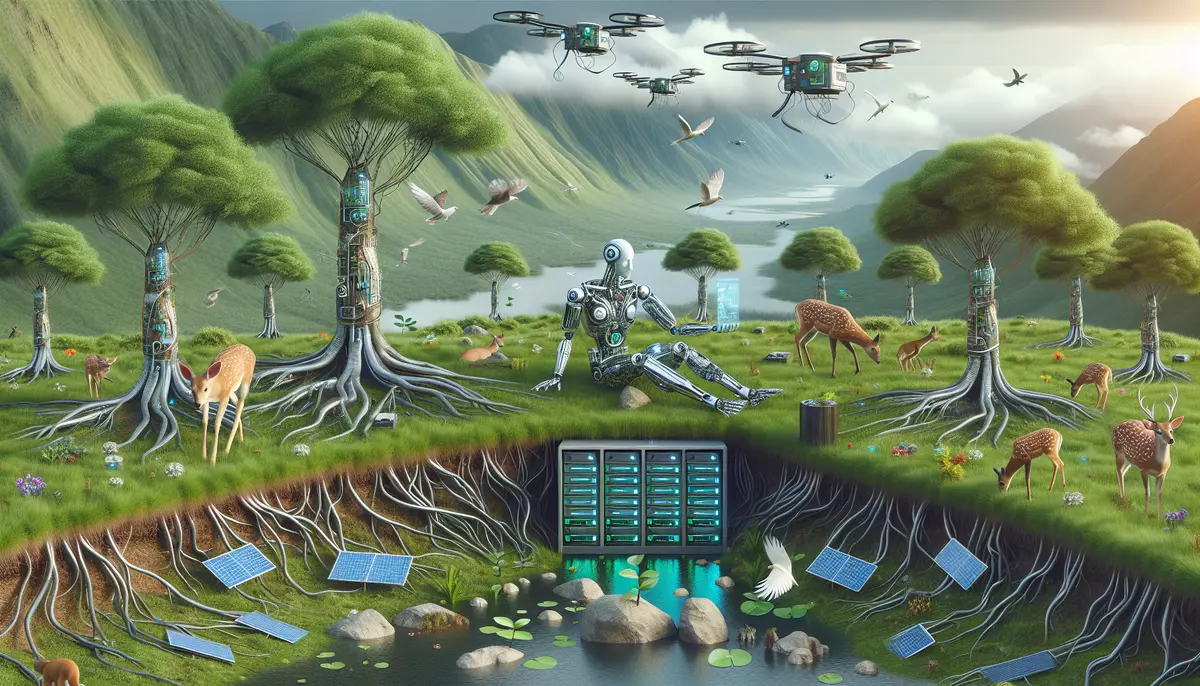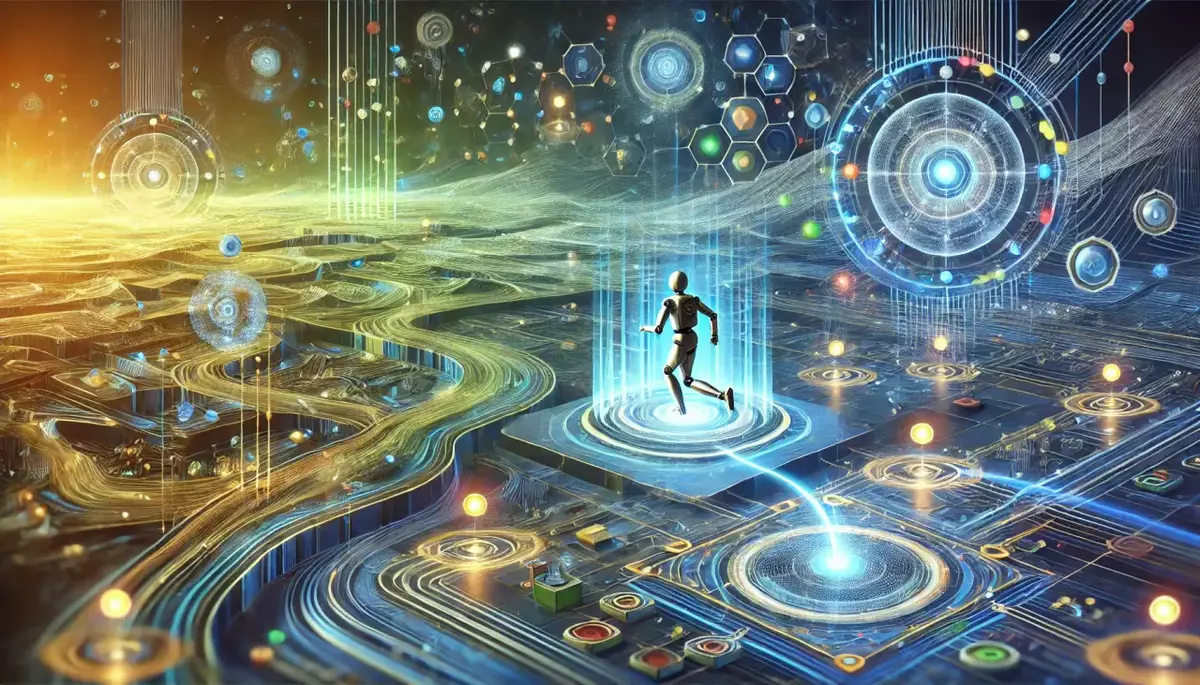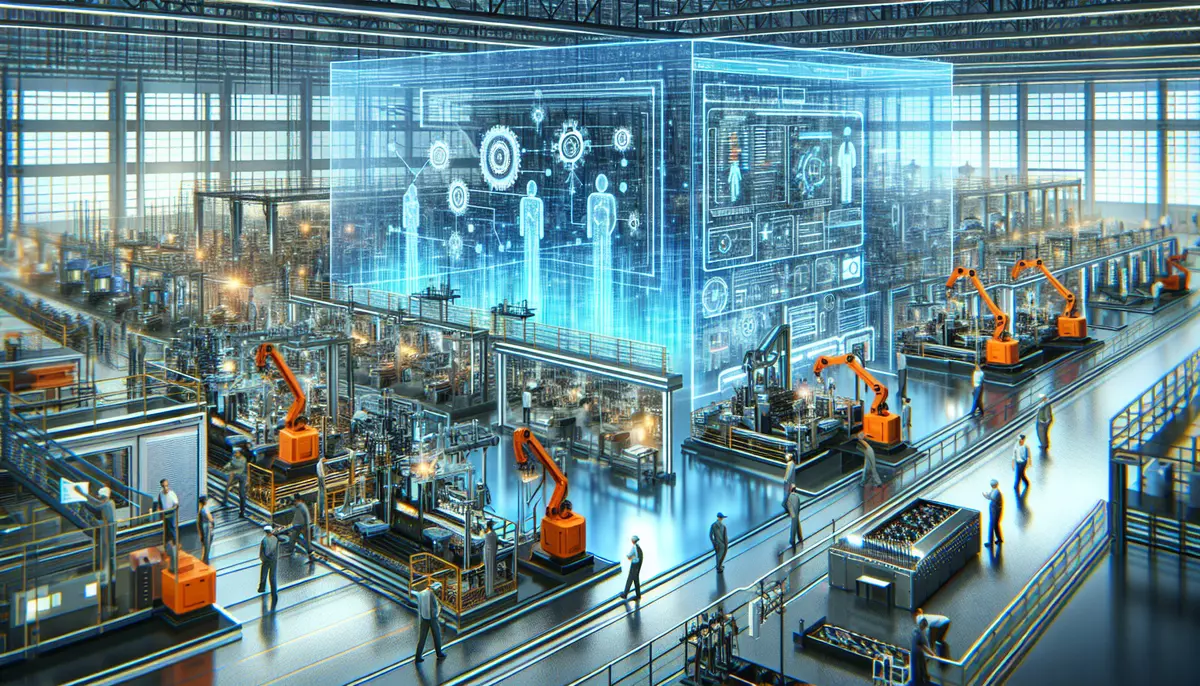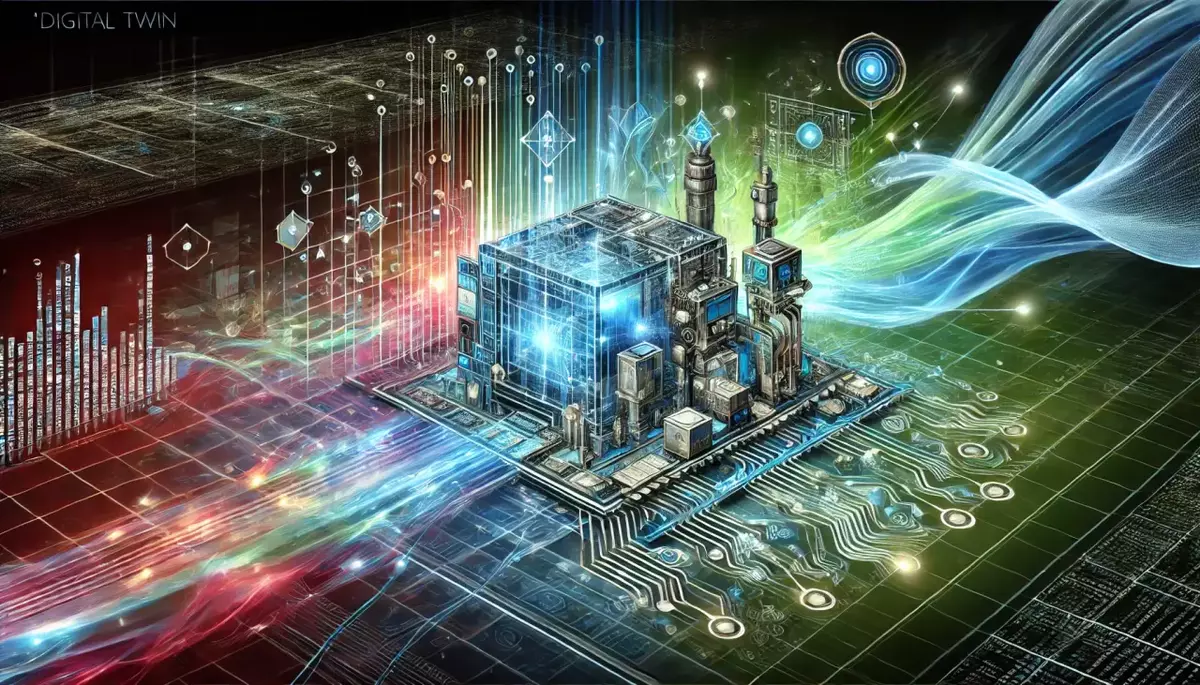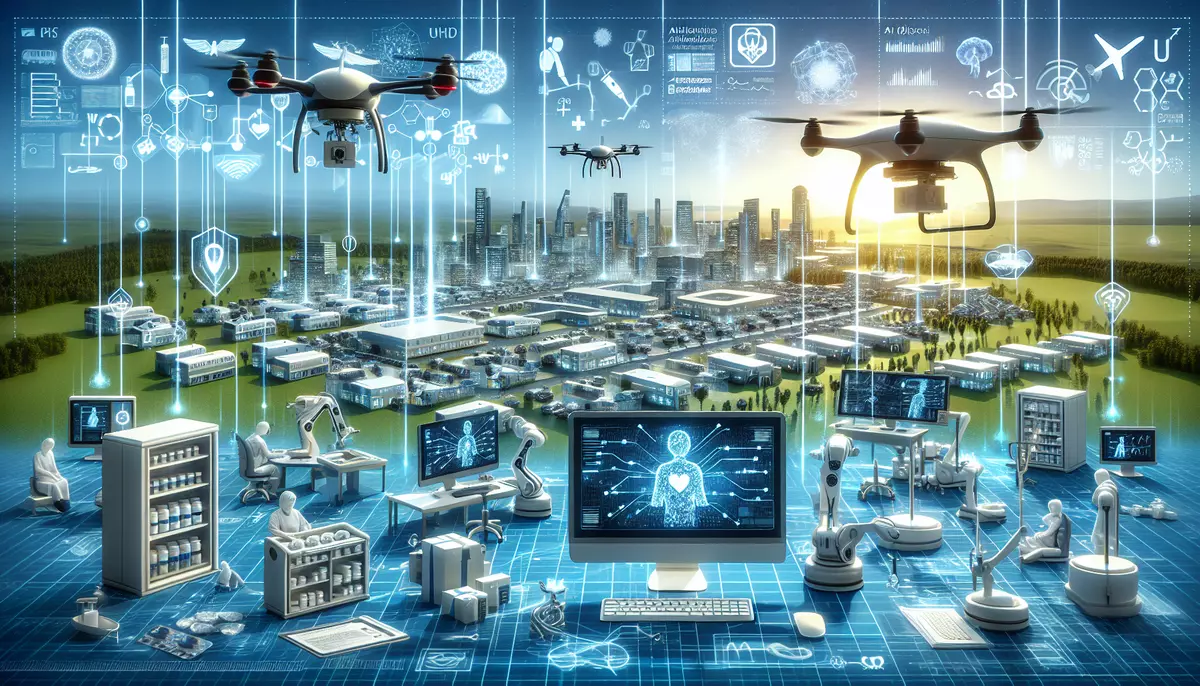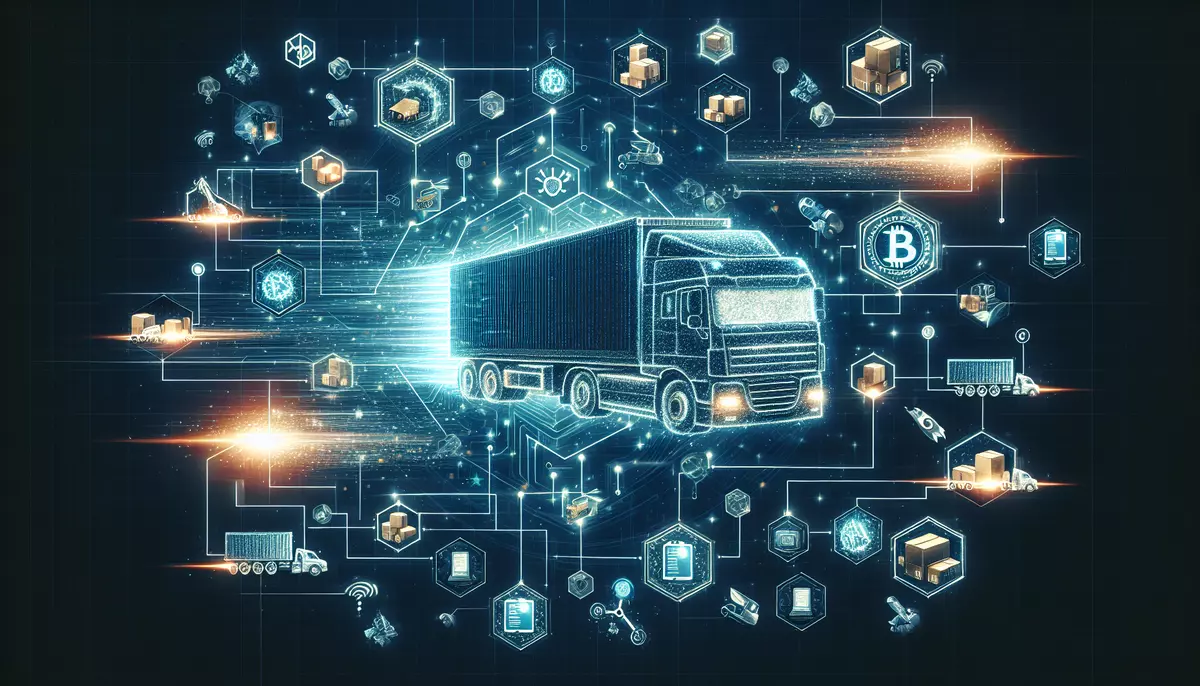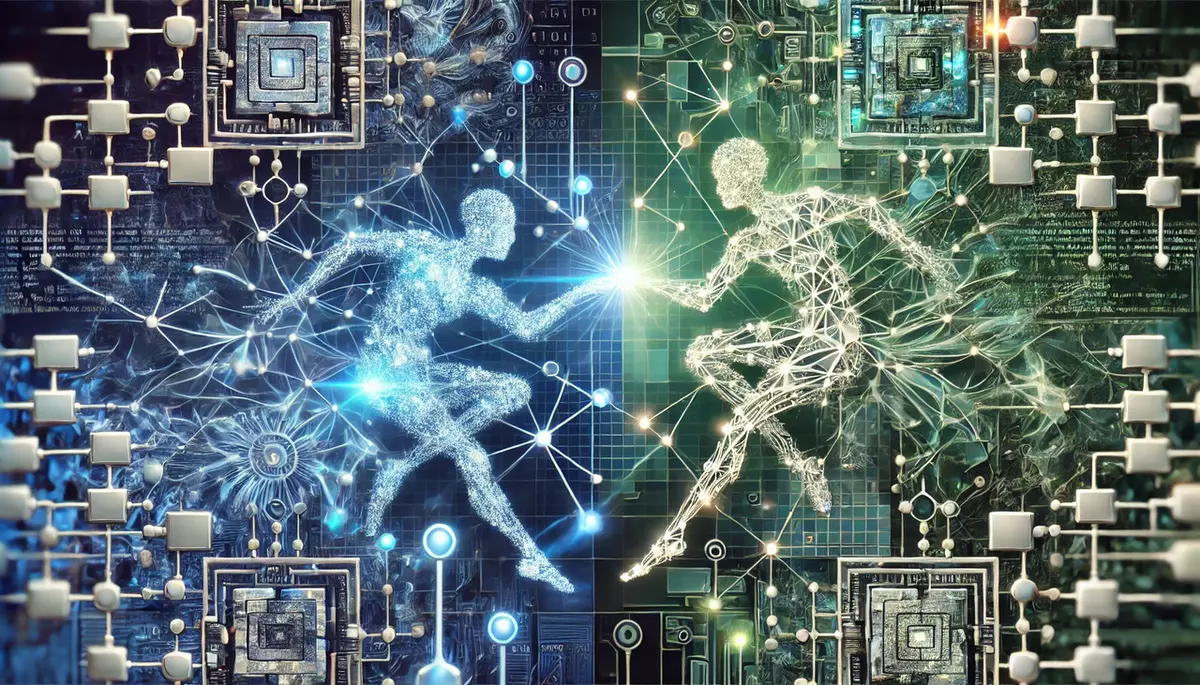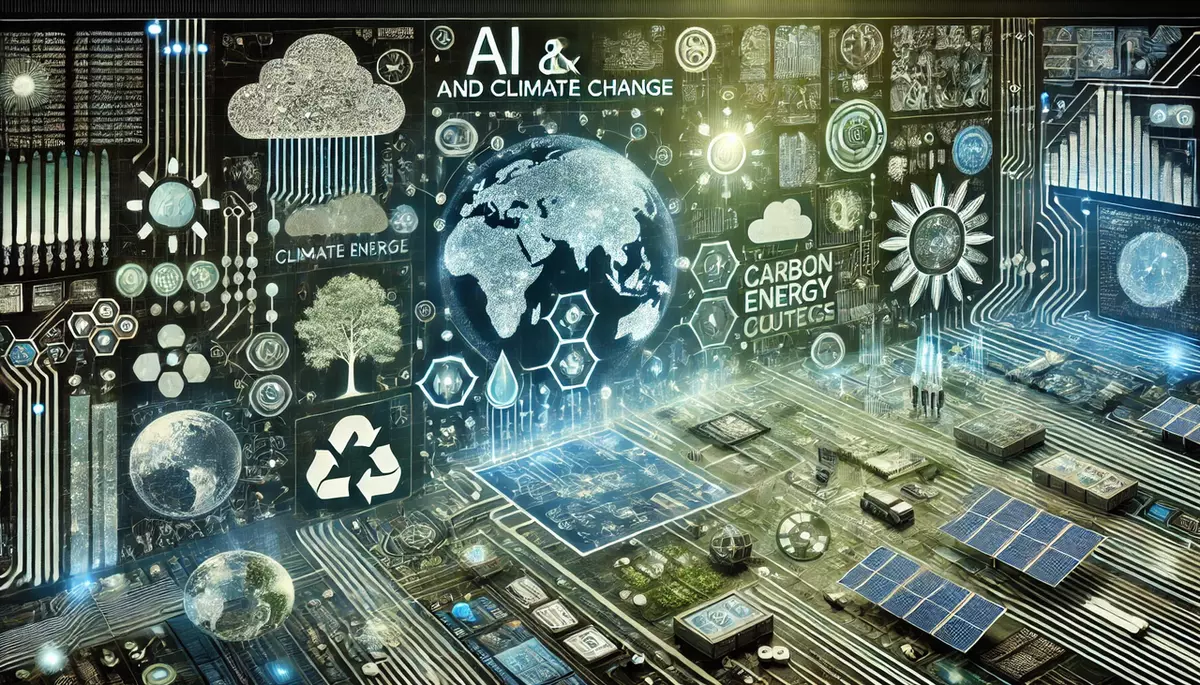Introduction
Self-healing systems are a class of intelligent systems that can automatically detect, diagnose, and recover from various types of failures or degradations without human intervention. These systems are designed to maintain their functionality and performance by adapting to changing conditions and repairing themselves when necessary.
What are Self-Healing Systems?
Self-healing systems are engineered to have the ability to monitor their own state, identify problems, and take corrective actions to restore normal operation. They incorporate various techniques and technologies to achieve this self-awareness and self-repair capability.
Key Characteristics of Self-Healing Systems:
- Self-Monitoring: The system continuously monitors its own components, processes, and performance to detect anomalies or deviations from normal behavior.
- Self-Diagnosis: The system can analyze the collected data to identify the root cause of the problem and determine the appropriate course of action.
- Self-Repair: The system can automatically execute recovery procedures, such as reconfiguring components, updating software, or replacing faulty parts, to restore normal operation.
- Adaptability: Self-healing systems can adapt to changing conditions and learn from past experiences to improve their self-healing capabilities over time.
How Do Self-Healing Systems Work?
Self-healing systems typically follow a cyclic process of monitoring, analysis, and action to maintain their functionality:
The Self-Healing Process:
- Monitoring: The system continuously collects data from various sensors and monitors its own state, including the performance of individual components, resource utilization, and environmental conditions.
- Analysis: The collected data is analyzed using advanced algorithms and machine learning techniques to detect anomalies, identify the root cause of the problem, and determine the appropriate corrective actions.
- Action: Based on the analysis, the system can automatically execute self-healing procedures, such as reconfiguring components, updating software, or replacing faulty parts, to restore normal operation.
- Feedback and Learning: The system can learn from the outcomes of its self-healing actions and update its internal models and decision-making processes to improve its self-healing capabilities over time.
Example of a Self-Healing System:
A self-healing computer network is a good example of a self-healing system. The network continuously monitors its own performance, such as bandwidth utilization, latency, and packet loss. If the system detects a problem, such as a network link failure, it can automatically reroute traffic, reconfigure network devices, or activate redundant links to maintain connectivity and minimize service disruptions.
Applications of Self-Healing Systems
Self-healing systems have a wide range of applications across various industries and domains:
Information Technology:
- Computer Networks: Self-healing networks can automatically detect and recover from network failures, ensuring reliable and uninterrupted connectivity.
- Cloud Computing: Self-healing cloud infrastructure can automatically scale resources, migrate workloads, and recover from failures to maintain service availability.
- Cybersecurity: Self-healing systems can detect and respond to cyber threats, automatically patching vulnerabilities and isolating infected systems.
Industrial Systems:
- Manufacturing: Self-healing manufacturing systems can detect and correct production defects, optimize processes, and maintain equipment performance.
- Energy Systems: Self-healing power grids and renewable energy systems can automatically detect and recover from failures, ensuring reliable energy supply.
- Transportation: Self-healing transportation systems, such as smart traffic management and autonomous vehicles, can adapt to changing conditions and recover from disruptions.
Biomedical Systems:
- Medical Devices: Self-healing medical devices, such as implants and wearables, can monitor their own condition and automatically adjust or repair themselves to maintain optimal performance.
- Healthcare Systems: Self-healing healthcare systems can detect and respond to anomalies in patient data, automatically adjusting treatment plans and coordinating care.
Challenges and Limitations of Self-Healing Systems
While self-healing systems offer many benefits, they also face several challenges and limitations:
- Complexity: Designing and implementing self-healing systems can be highly complex, requiring advanced algorithms, sensors, and control mechanisms.
- Reliability: Ensuring the reliability and robustness of self-healing mechanisms is crucial, as failures in the self-healing process can lead to further system degradation.
- Security: Self-healing systems must be designed with robust security measures to prevent unauthorized access and manipulation, which could compromise the system’s integrity.
- Ethical Considerations: As self-healing systems become more prevalent, there are ethical concerns regarding the autonomy and accountability of these systems, especially in critical applications.
Future Trends and Developments
The field of self-healing systems is rapidly evolving, and researchers are exploring various advancements and future directions:
- Artificial Intelligence and Machine Learning: Incorporating advanced AI and ML techniques to enhance the self-diagnosis and self-repair capabilities of these systems.
- Distributed and Decentralized Architectures: Developing self-healing systems with distributed and decentralized control mechanisms to improve scalability and resilience.
- Quantum Computing: Leveraging the unique properties of quantum computing to create more efficient and powerful self-healing algorithms.
- Biomimicry: Drawing inspiration from biological systems and processes to develop self-healing mechanisms that are more adaptive and resilient.
Conclusion
Self-healing systems represent a significant advancement in the field of intelligent and autonomous systems. By incorporating self-monitoring, self-diagnosis, and self-repair capabilities, these systems can maintain their functionality and performance in the face of various challenges and disruptions. As the technology continues to evolve, self-healing systems will play an increasingly important role in a wide range of applications, from critical infrastructure to personal devices, contributing to a more resilient and adaptive future.
This knowledge base article is provided by Fabled Sky Research, a company dedicated to exploring and disseminating information on cutting-edge technologies. For more information, please visit our website at https://fabledsky.com/.
References
- Ghosh, S., Sharman, R., Rao, H. R., & Upadhyaya, S. (2007). Self-healing systems-survey and synthesis. Decision Support Systems, 42(4), 2164-2185.
- Kephart, J. O., & Chess, D. M. (2003). The vision of autonomic computing. Computer, 36(1), 41-50.
- Diaconescu, A., Mos, A., Dobson, S., & Murphy, J. (2011). Autonomic management of distributed systems: a survey. IEEE Transactions on Network and Service Management, 8(1), 60-70.
- Salehie, M., & Tahvildari, L. (2009). Self-adaptive software: Landscape and research challenges. ACM Transactions on Autonomous and Adaptive Systems (TAAS), 4(2), 1-42.
- Hinchey, M. G., & Sterritt, R. (2006). 40 years of self-adaptive software: Specification, identification, and control. In Proceedings of the 2006 International Workshop on Self-Adaptation and Self-Managing Systems (pp. 1-2).

